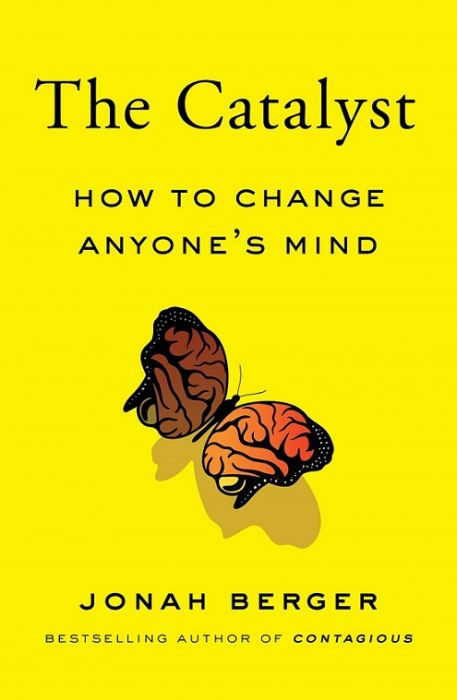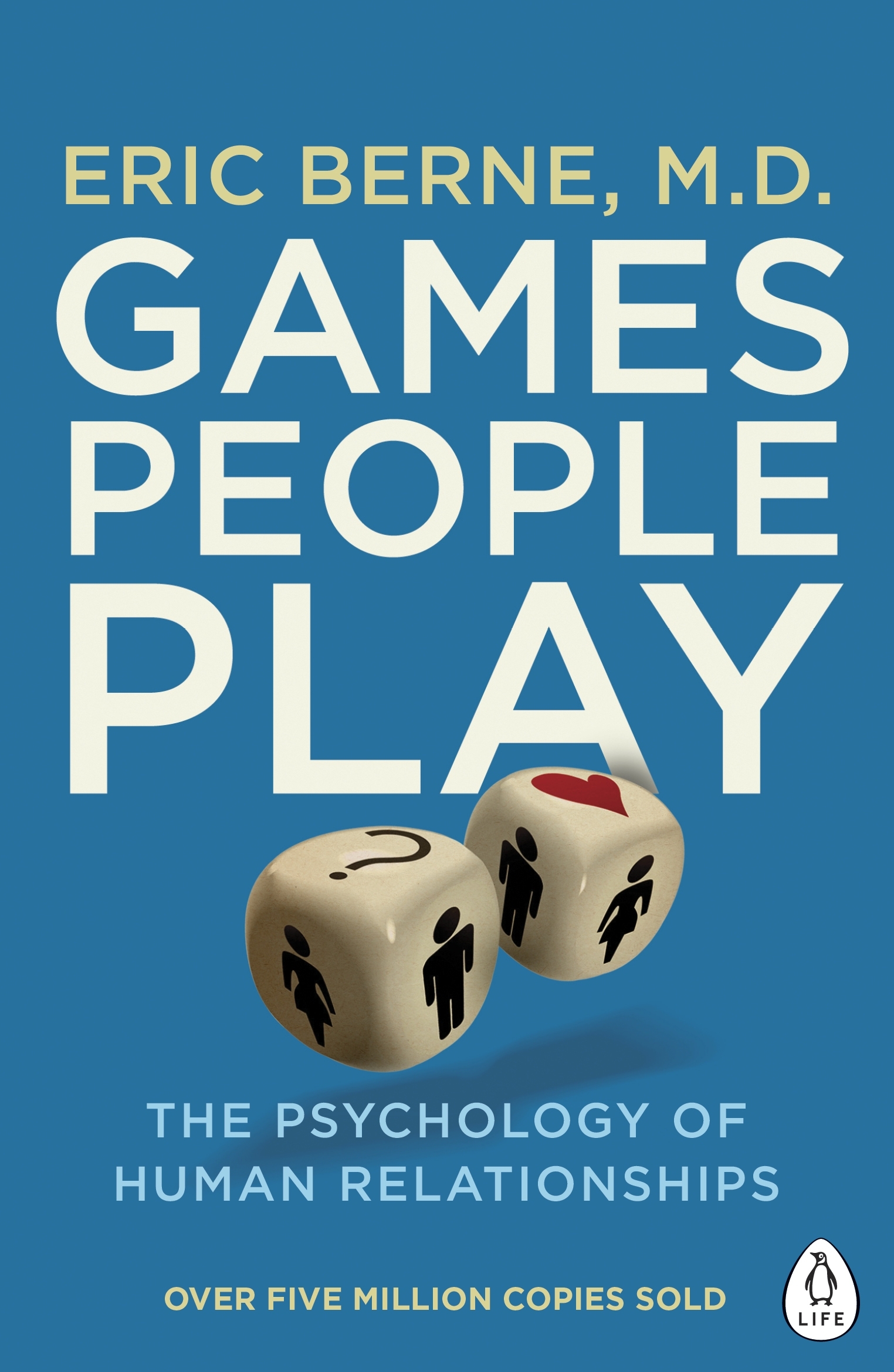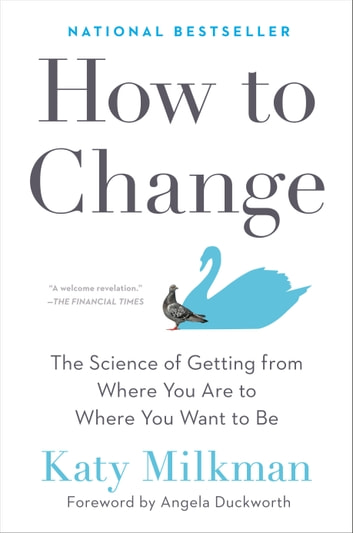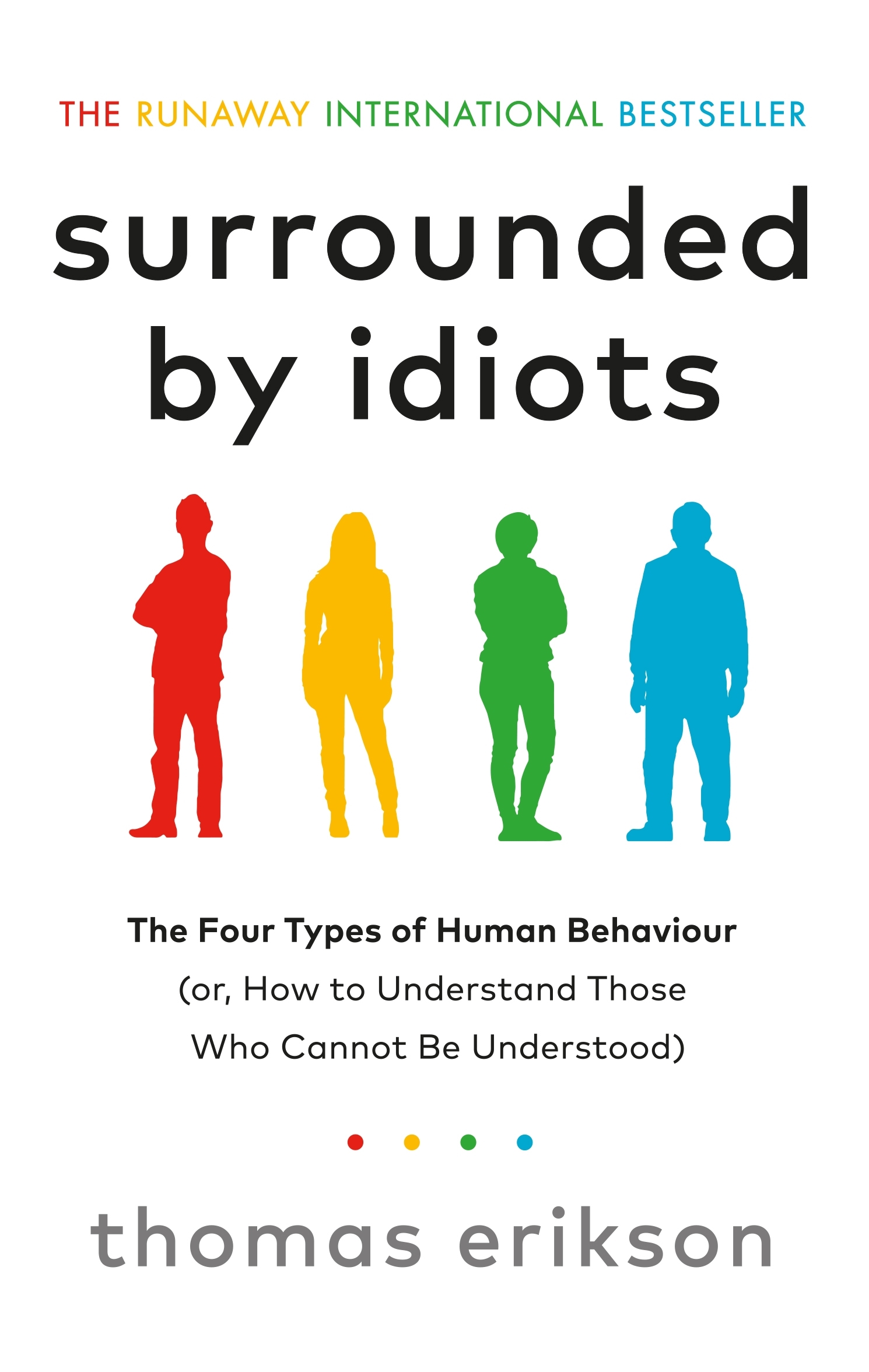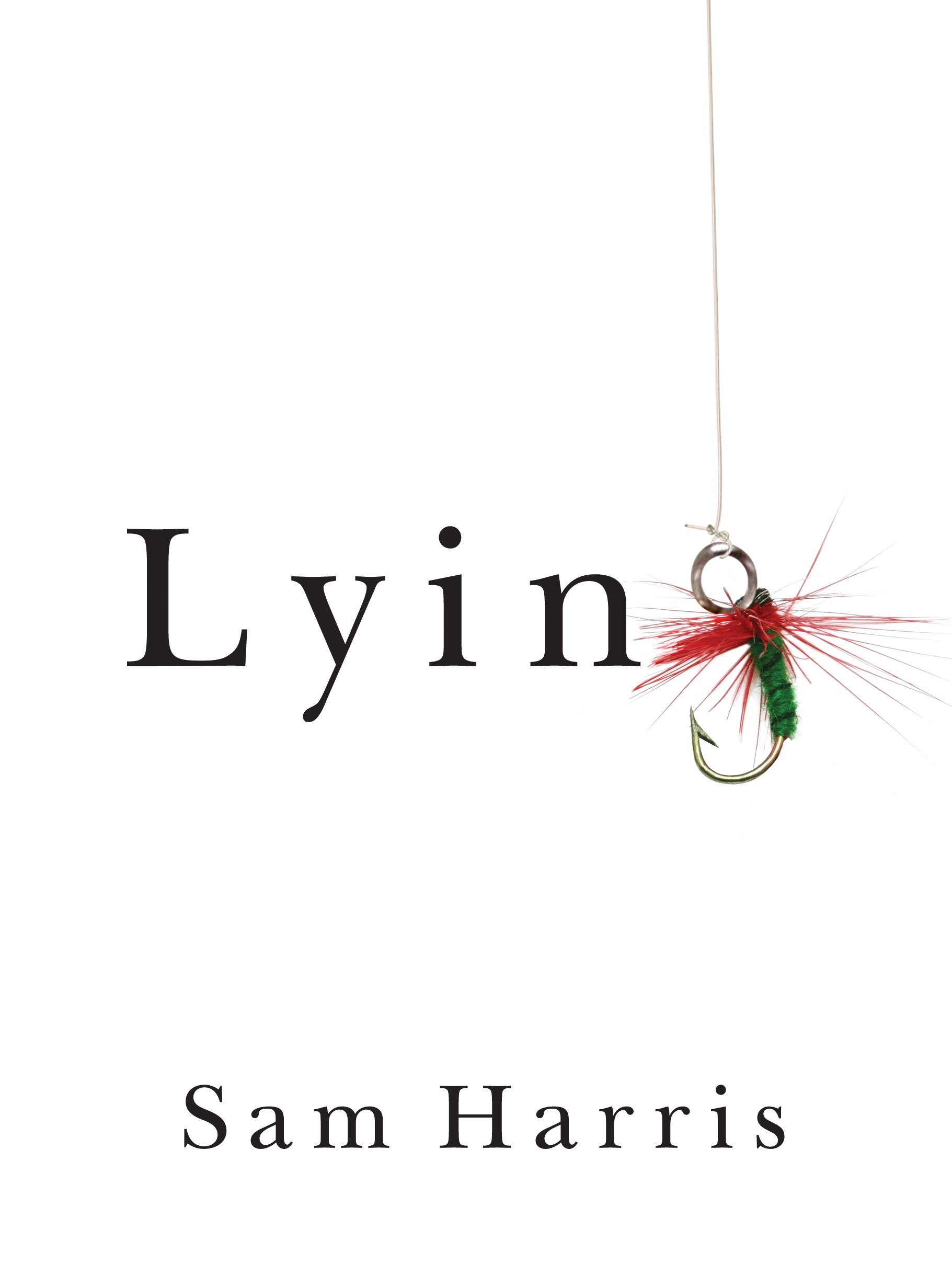The Inner Game of Tennis
by Timothy Gallwey
- Behaviour
- Ashto =
- Jonesy =
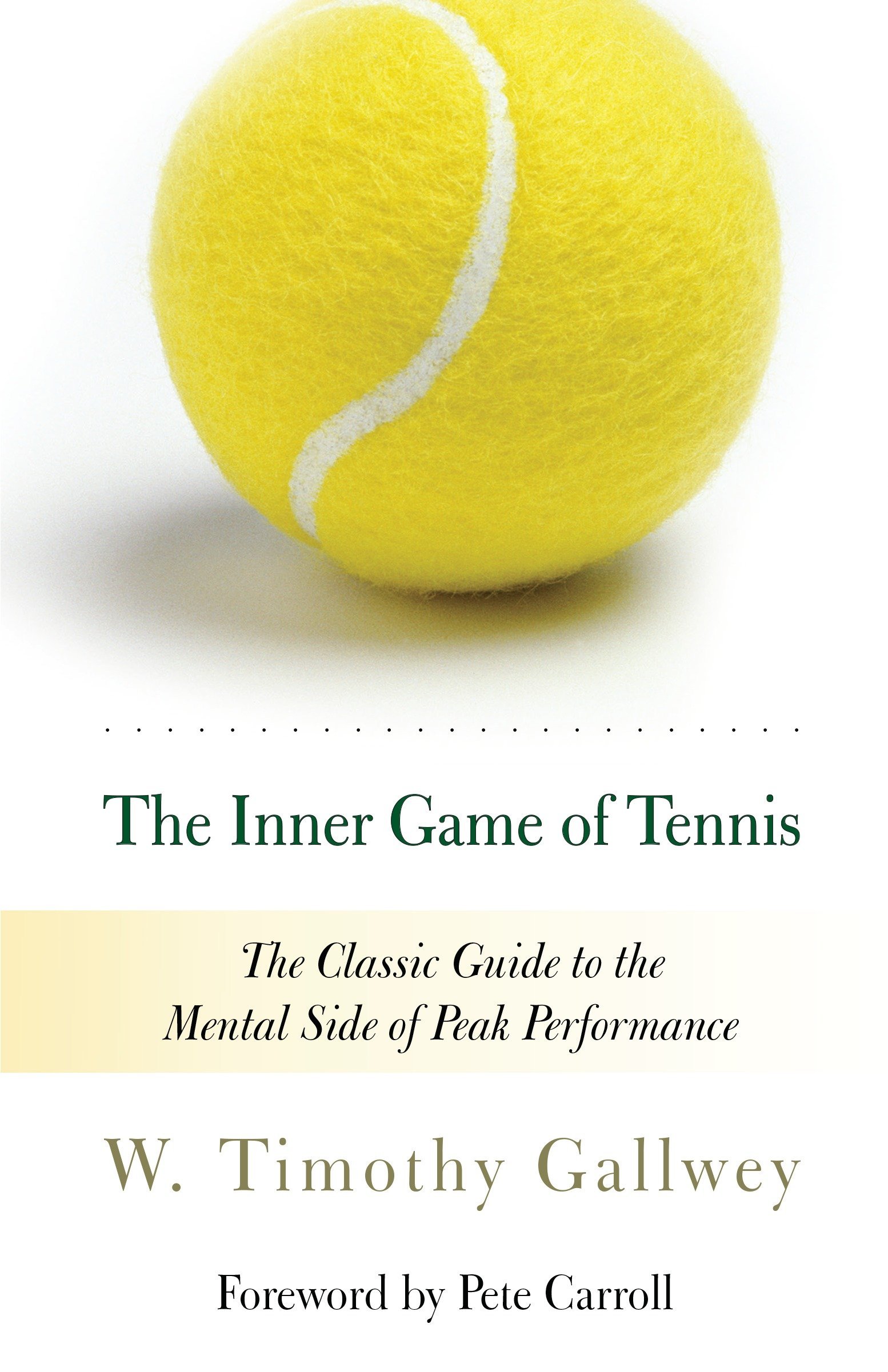
The Inner Game of Tennis & Mind
The Inner Game of Tennis book isn’t just about tennis. In this book, W. Timothy Gallwey uses anecdotes of tennis games to illustrate the tools we need to improve our performance in any activity. Focus in tennis is fundamentally no different from the focus needed to perform any task. The Inner Game of Tennis reveals the tools and strategies to:
- Focus your mind to overcome nervousness, self-doubt, and distractions
- Find the state of relaxed concentration that allows you to play at your best
- Build skills by smart practice, then put it all together in match play.
Outer Game
The outer game is played against an external opponent to overcome external obstacles and reach an external goal. Many guides offer instructions to master this game—how to position your body parts and swing a racket to achieve the best results.
But for some reason, most of us find these instructions easier to remember logically, and harder to execute on the court.
Inner Game
We can’t find mastery or satisfaction in any games without paying attention to the skills of our inner game. The inner game is the game that takes place in the player’s mind. And it is played against obstacles such as:
- Lapses in concentration
- Nervousness
- Self-doubt
- Self-condemnation
We use our inner game to overcome habits that inhibit excellence in our performance. Victories in the inner game may not grant us instant wins. But they bring valuable rewards with lasting impact and significant contribution to our success.
Reflections On The Mental Side Of Tennis
The most frustrating problem that tennis players encounter isn’t the matter of physical limitations or techniques. The most common issue that sportspeople encounter is: knowing what to do but not doing what they know.
They play better in practice than during the match. They know what’s wrong with their forehands, but they can’t break the habit. When they concentrate on one thing, they forget something else.
All these issues stem from an inadequate inner game.
The ability to approach a state of being ‘unconscious’ or ‘still’ is the goal of the inner game. The development of your inner skills will help you master the art of effortless concentration—a valuable asset that you can ever have.
Story #1
A tennis pro is teaching an eager student. The pro is nervous about whether the student is considering him worth the lesson fee, so he is carefully evaluating and analysing every stroke to provide insights.
Before long, the student’s mind is churning with 16 different things that he should or shouldn’t be doing. Improvement seems dubious and complex. Although in the end, the pro leaves the student with a piece of advice: ‘Just practice all of the things I told you, and eventually you’ll see a big improvement.’
Story #2
Timothy Gallwey (Tim) was a tennis tech too, and he admits to overteaching, just like everyone else. But one day, when he was in a more relaxed mood, he began saying less and noticing more. To his surprise, the students made errors, but without him saying anything, the students began correcting the errors by themselves on their next shots. How were they correcting the mistakes if the teacher didn’t even tell them what to do?
An even bigger ego blow came when he started to give them some feedback, then their shot quality decreased on the next turn. The student would instead concentrate on following Tim’s instructions instead of the game itself. Tim might’ve said: ‘Relax and don’t try so hard.’ But such advice is a paradox and only leads to confusion and frustration.
Story #3
After his lesson with an advanced student, his next lesson was with a beginner, who had never even held a racquet. So Tim was starting from the absolute basics. He decided to skip all of the instructions and talking he would usually do.
Instead, Tim hit 10 forehands in a row himself, and the student just had to watch carefully. The goal was for the student to grasp a visual image of the forehand instead of just thinking about it. The student imitated exactly what Tim had demonstrated and hit the balls successfully. Everything was correct except for his footwork.
What was the difference?
Tim placed the racket in the student’s hand, sliding it into the correct grip so the student could feel (and not think) about the right grip. But Tim gave a verbal reminder on his footwork. The one element that the student tried to remember was the one element he didn’t do. Everything else had been absorbed and reproduced without any word of instruction uttered whatsoever.
What are the lessons here?
- Images are better than words
- Showing is better than telling
- Too much instruction is worse than none
- Trying often produces negative results.
The Two Selves
Role Play
A major breakthrough in Tim’s attempts to understand the art of relaxed concentration came when he realised the way people were talking to themselves on the court. Most people would say: ‘I am talking to myself.’ But who is ‘I’ and who is ‘myself’? Does this mean there are two selves within us?
‘I’ is the one giving the instructions while ‘myself’ seems to be performing the action. There is the teller, who we’ll call ‘Self 1′; and there is the doer, who we’ll call ‘Self 2’.
Within each player, there is a relationship between Self 1 and Self 2, and this is the prime factor in determining one’s ability to translate knowledge into effective action. The key to better performance lies in improving the relationship between the conscious teller and evaluator, and the natural abilities of the unconscious doer.
Trying Hard: A Questionable Virtue
We’ve been told since childhood that we’re never going to get anywhere unless we try hard. But sports commentators would always say, ‘They’re trying too hard.’ There seems to be a bit of a paradox here. We need to try hard, but not too hard?
Story #4
A housewife came to Tim for some tennis lessons. She expressed her concern, which was the inability to hit the ball on the racket strings. Tim hit 10 balls for her to hit a simple forehand back over the net. He made it easy for her, but still, 8 out of 10 balls hit half the frame or fully on the edge of the frame.
Tim then asked her to try really hard to hit it on the strings. This time, she only hit 6 on the frame but missed 3 altogether!
Tim gave a new set of instructions. He said, ‘Don’t worry about where you’re hitting the racket, focus only on the ball itself. Just let the racket move to the ball where it wants to.’ The wife looked more relaxed and less tense. She was letting her body–the Self 2–do all the thinking without any instruction from Self 1. She hit 9 out of 10 balls right on the net.
There is a difference between ‘trying hard’ and ‘effort’. Trying hard is the energy of Self 1 while effort is the energy of self 2. In this anecdote, Self 1 was fully occupied with watching the seams during that final set of balls, so it didn’t have the ability to send useless micromanaging instructions to self 2 about what to do when the ball came. As a result, Self 2 was able to do its own thing unimpaired (and be pretty good at it!). Even Self 1 began to recognise the talents of Self 2.
Trusting Thyself
As long as Self 1 is too ignorant or arrogant to acknowledge the capabilities of Self 2, true self-confidence will be hard to come by. It causes overstraining, mental distraction, and a lack of proper concentration. Clearly, the new relationship to be established with ourselves must be based on self-trust.
What does trusting yourself mean on the tennis court? It doesn’t mean ‘positive thinking’. It’s not expecting you to hit every strong serve as a killer ace. Trusting your body in tennis means letting your body hit the ball. Trust in the competence of your body and its brain, and just swing the racket.
Let It Happen
If I’ve never played tennis before, can I just go out on the court and let it happen?
If your body knows how to hit a forehand, let it happen. If your body doesn’t know how to hit a forehand, let it learn.
The actions of Self 2 are information it has stored in its memory of past actions, or the things it has observed others do. A player who has never held a racket in his hand needs to let the ball hit the strings a few times. Every time you hit the ball, whether correctly or incorrectly, the computer memory of Self 2 is picking up valuable information and storing it away for future use. Self 2 does less of what doesn’t work and tries to replicate the things that work out.
How The Inner Game of Tennis Can Help You
While it seems like The Inner Game of Tennis is about improving your performance at tennis, it’s really about:
- A natural way of learning
- Trusting yourself and your abilities
- Being kinder in the way you talk to yourself
- Building self-confidence
- Changing habits and learning new skills
- Teaching, coaching, instructing others
- Concentrating and focusing
- Being present and in the now rather than stressing and worrying about the past and the future games
- Winning and overcoming obstacles.
There are always external and internal obstacles between us and our goals. The very mind we use in order to obtain our goals is easily distracted by its tendency to worry, regret, or muddle a situation—causing needless difficulties from within.
Until subdued, Self 1 is capable of producing fears, doubts, and delusions wherever you are and whatever you’re doing. Learning to welcome obstacles in the competition automatically increases one’s ability to find an advantage in all the difficulties we encounter. Hence why it’s worthwhile to pay attention to your inner game.




